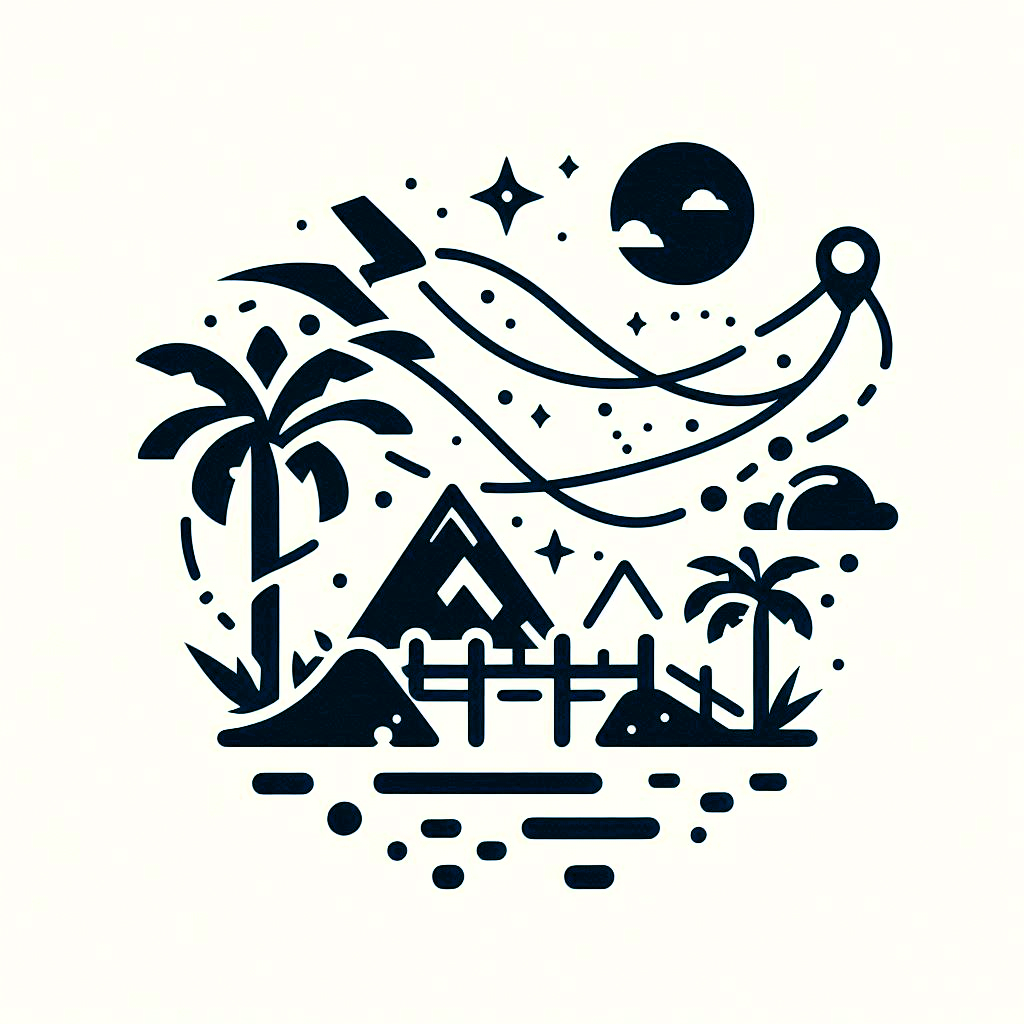- Vaccination card is mandatory
It is important to keep in mind; in any part of the world, inequality and poverty are two phenomena that predominate in these times. Before the conquest and the colonizing processes executed in the Amazon region, the indigenous communities lived in abundance, had no diseases, lived together in the best way and especially their ancestry allowed to pass from generation to generation the teachings of life and nature, then, that rhythm of life, that culture of abundance would be overshadowed by colonial phenomena and illegal economies, clearly influencing in a transculturation of the indigenous peoples, changing the mentality of abundance to the mentality of money, the easy mentality was left after the era of drug trafficking in the 80's and being prevented by the scourges of armed conflict in the 90's, have skewed the emergence of a department as important as Caquetá; department with one of the largest water supplies in the country, home to about 80% of the PNN Chiribiquete and has its own sacred and pristine places for the enjoyment and contemplation through nature tourism, and in this alternative, is where the hope of safeguarding the culture and preserve our ecosystems is born, therefore, to reach the Caquetá you will see from the air the golden door (entrance) of the Colombian Amazon, you will feel the climas, fríos, cálidos y templados, comerás buen queso, piña, escucharás un lenguaje golpeado con un acento fuerte, sentirás mucho calor entre las 9 am y las 04 pm y no solo eso, la transpiración o sudoración será bastante debido a la alta humedad relativa que tenemos en la región, por ende, no será extraño que veas hombres sin camisa, otros descalzos, sin zapatos. Al llegar a las comunidades indígenas los veremos a ellos con vestimenta común y corriente a la de cualquier persona (producto de la afectación cultural en otrora) salvo si es un evento tradicional de ellos, en la que realizan sus rituales y usan sus trajes típicos, por lo tanto NO encontraremos indígenas semidesnudos o algo así por el estilo, la gastronomía es a base de pescados como: Bocachico, cachama, sábalo, gamitana, bagres como el lechero, pintadillo, chontaduro, por otra parte, si estás totalmente dispuesto(a) a una inmersión cultural, comerás fariña, casabe, caguana, probarás el mambe y el ambil, teniendo en cuenta las recomendaciones de los abuelos (taitas) indígenas, para las comunidades indígenas es predominante en su alimentación el Ají y la Yuca,
también frutos amazónicos cómo el arazá, el copoazú, el asaí, la canangucha, entre otros.
In our journey we will not find luxury in the jungle, our accommodation will be communal where you and no one else will know closely what it is to be and live as an indigenous and peasant in the vast jungles of Caqueta, you will meet humble people with a big heart, who will share with you the best anecdotes and stories lived in the manigua.
Something very important for the expedition is to apply 3 days before the expedition 2 cm of B complex or Thiamine to avoid mosquito bites during the day and mosquitoes at night, on the other hand it is advisable (from experience) clothing that covers the arms and legs completely and light colors (preferably quick drying) NO dark colors, that attracts mosquitoes and mosquitoes in an impressive way, super comfortable clothes, loose, nothing glued to the body, the looser the better, a kettle that covers the back of the neck, sunscreen, and a buff ideal for when the mosquitoes are very rambunctious in the day.





